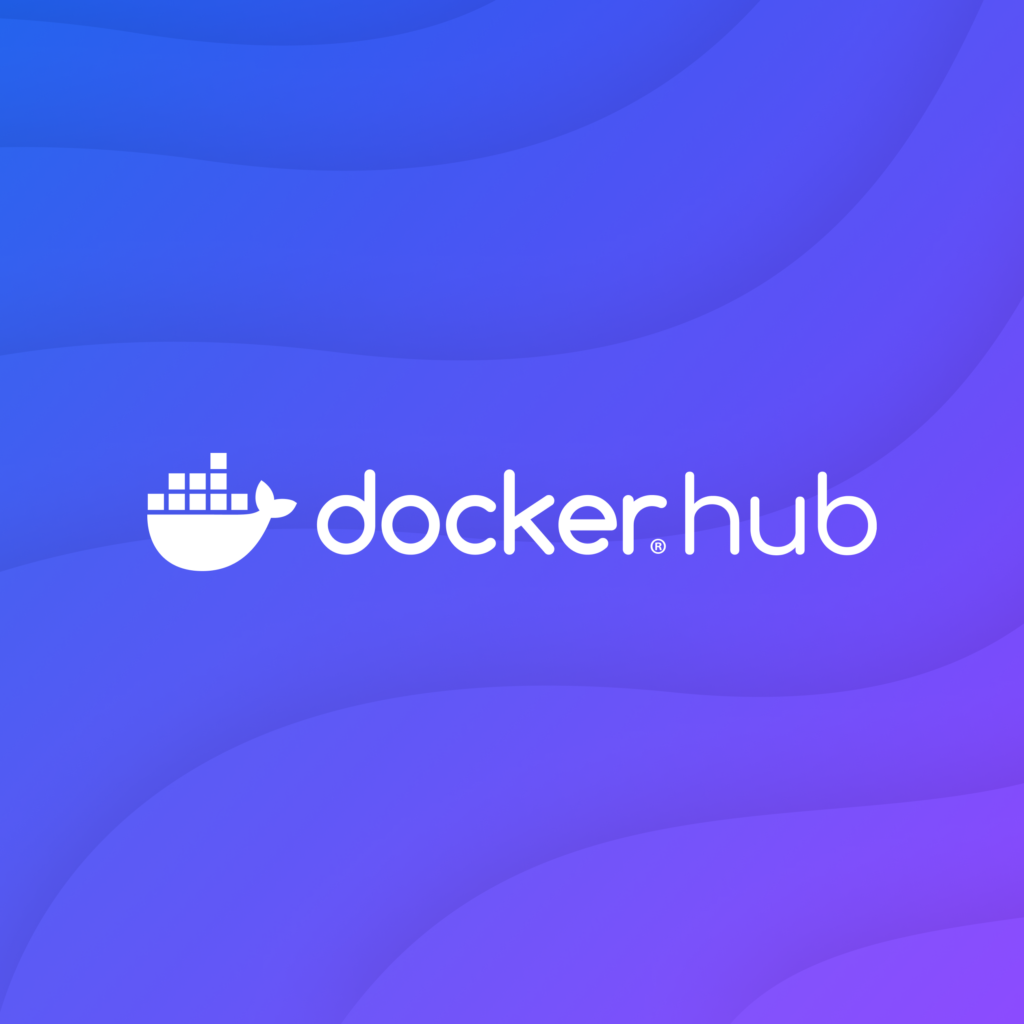Effective Infrastructure Management with Docker Hub
Managing digital infrastructure effectively is essential for organizations that utilize Docker Hub, a popular platform for developers to store and share container images. This platform is widely used in software development to streamline the deployment of applications. However, without a thorough understanding of how resources are consumed, unexpected usage and costs can arise rapidly. This is particularly problematic if pulling images and storage requirements are not properly budgeted or forecasted. By implementing proactive controls and closely monitoring usage patterns, development teams can maintain their Docker Hub usage effectively while minimizing expenses.
To aid organizations in achieving these objectives, Docker has introduced new Docker Hub Usage dashboards. These dashboards provide organizations with the ability to access and analyze their usage patterns for both storage and image pulls. The new feature is designed to empower users by offering a clear view of their Docker systems’ activities, ensuring that every image pull is a deliberate decision rather than an incidental occurrence. This transparency allows for more efficient and optimized system designs, ensuring that every byte counts.

Regain Control and Optimize Resource Management
The Docker Hub Usage dashboards allow teams to monitor their usage patterns closely, identifying peaks, troughs, and high usage periods. By pinpointing which images and repositories are driving the most consumption, teams can manage their usage more effectively. This visibility not only assists in managing current usage but also supports continuous improvement efforts across the software supply chain, enabling teams to build applications more efficiently and sustainably.
The insights provided by these dashboards help development teams address various challenges, such as:
- Redundant Pulls and Misconfigured Repositories: Unnecessary or redundant pulls and misconfigured repositories can significantly increase technical expenses while diverting from the most relevant use cases. Docker Hub’s Usage dashboards help development teams identify these patterns, allowing them to optimize accordingly. By viewing usage trends across IP addresses and users, organizations can pinpoint areas of high consumption and ensure accountability in resource management.
- Suboptimal Caching Management: Insights into repositories and image tagging help customers assess internal usage patterns, such as frequently accessed images, where there might be opportunities to improve caching. With appropriate governance models, organizations can establish policies and processes that minimize resource usage variability, moving beyond merely tracking seasonal usage patterns to designing more predictable usage strategies that align with budgets.
- Unintended Automation: Automated system activities, if misconfigured, can severely impact usage. For instance, a CI/CD pipeline or automated script may be set to pull images more frequently than necessary, such as on every build rather than only when the version changes. Usage dashboards can help identify these inefficiencies by providing detailed pull data related to automated tools, enabling teams to quickly adjust and fine-tune automations, ensuring resources are used judiciously.

Detailed Insights and Operational Efficiency
The Docker Hub Usage dashboards offer a comprehensive view of usage data, including downloadable CSV reports containing metrics like pull counts, repository names, IP addresses, and version checks. This detailed approach allows organizations to gain valuable insights and trend data, optimizing workflows and informing policy decisions.
Integrating these data-driven insights into your development pipeline ensures robust operational principles, helping maintain control over resource consumption and operational efficiency. By leveraging these reports, teams can ensure they are using Docker Hub efficiently and effectively.
Additional Information and Best Practices
To further enhance your understanding and implementation of Docker Hub Usage dashboards, here are some additional insights and best practices:
- Regular Monitoring and Review: Regularly check your usage dashboards to keep track of consumption patterns and adjust your strategies accordingly. This proactive approach can prevent unexpected spikes in usage and costs.
- Educate and Train Your Team: Ensure that all team members are familiar with the dashboards and understand how to interpret the data. This knowledge can contribute to more informed decision-making and efficient resource management.
- Establish Clear Policies: Develop and implement policies that govern the use of Docker Hub in your organization. Clear guidelines can help prevent misuse and ensure that resources are allocated appropriately.
- Engage with the Docker Community: Participate in forums and discussions with other Docker users to share insights and learn from their experiences. The community can be a valuable resource for troubleshooting issues and discovering new ways to optimize usage.
- Stay Updated on New Features: Docker continuously updates its platform with new features and improvements. Stay informed about these changes to take advantage of new capabilities that could benefit your organization.
By incorporating these practices, organizations can maximize the benefits of Docker Hub Usage dashboards, ensuring that their infrastructure management is both effective and cost-efficient.
For more detailed information, visit the Docker Hub’s official usage page.
For more Information, Refer to this article.

































